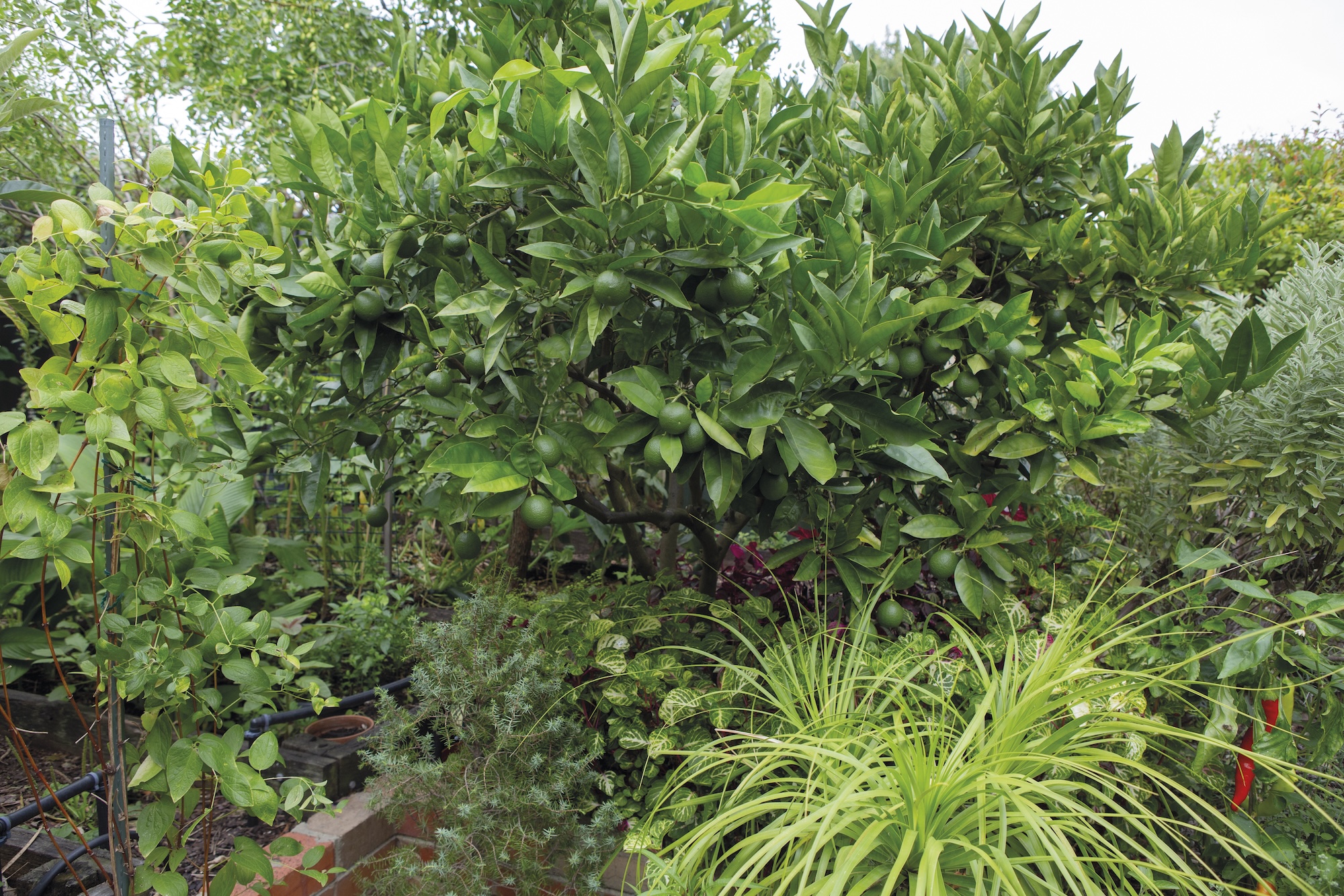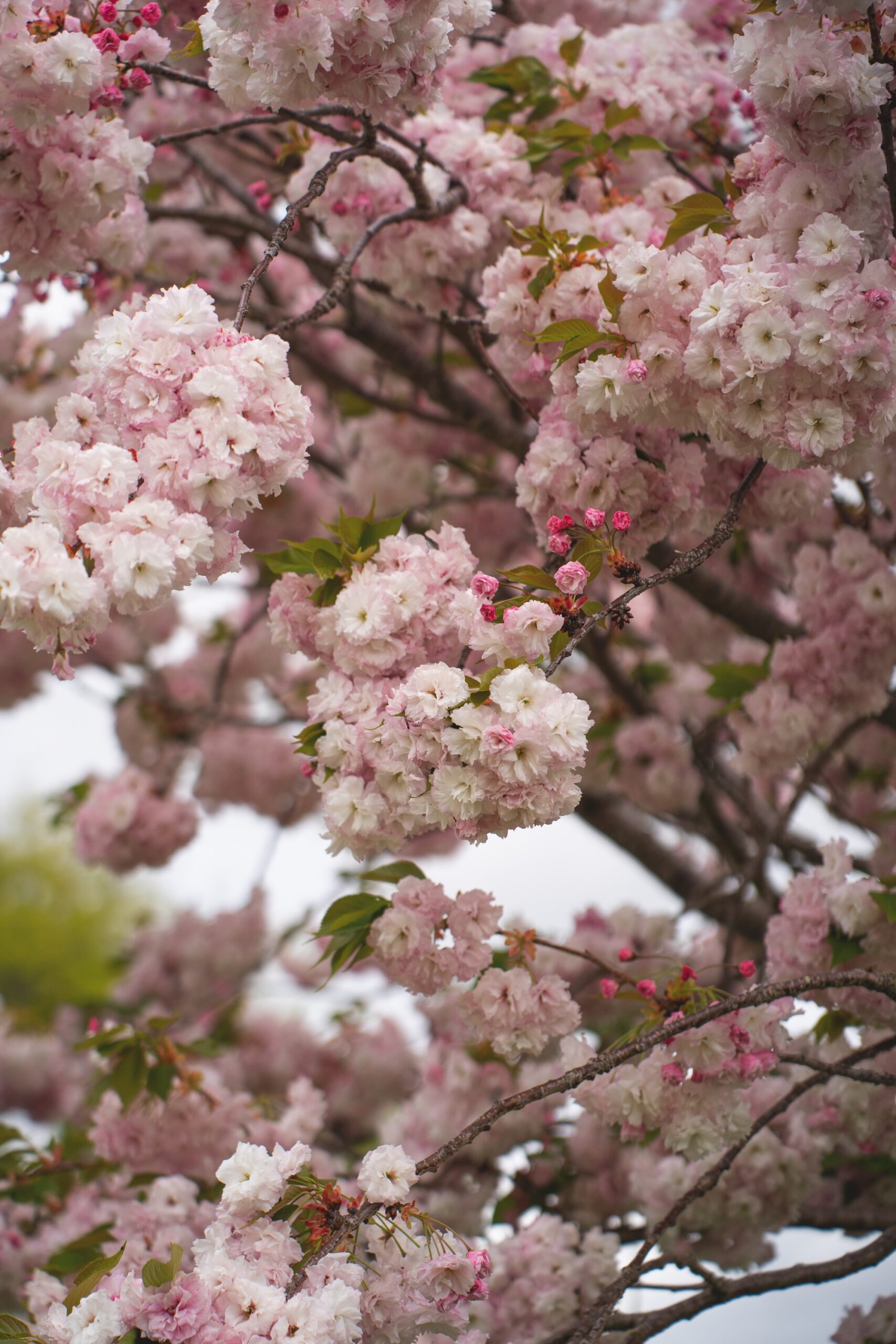A guide on growing, pruning and caring for raspberry plants by creative gardener and community builder, Phoebe Atkinson (@nga_kaupeka)
There are certain homegrown edibles that make more sense to me than others. Growing brown onions for example, in my small suburban garden, doesn’t make sense when they are super cheap to buy and take up bed space for at least half the year. Carrots and potatoes on the other hand are cheap as chips in season but the reward in unearthing their buried treasure is priceless and makes the effort well worth it.
Raspberries, for me, fall into the category of worth it on every level. While they do require a permanent sunny bed space and effort in maintenance and pest protection, the reward is almost unequalled. A toddle out to the backyard holding a little hand to pick our own delicious rubies when their price would more often than not render them beyond us, is a joy that never gets old.
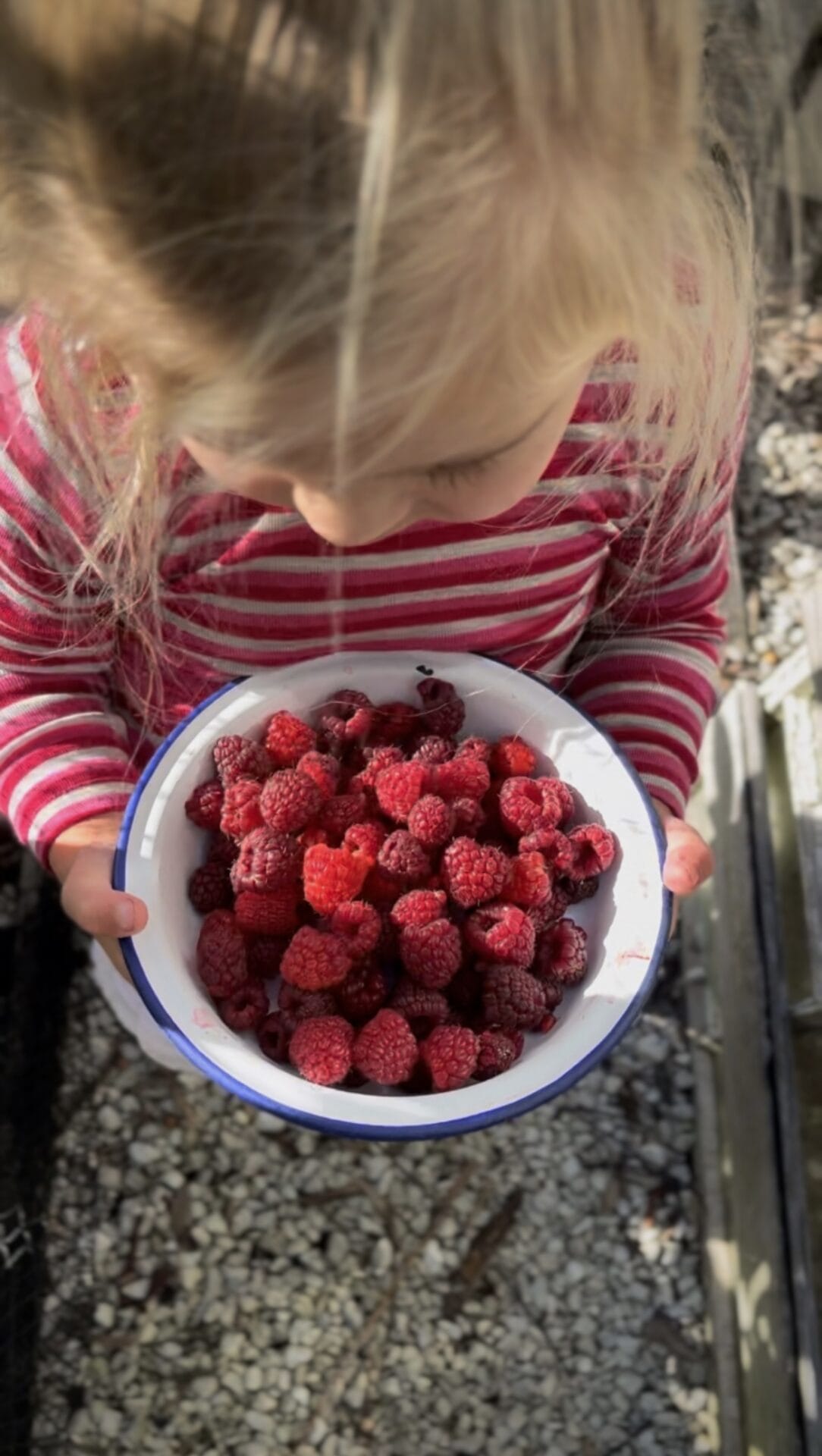
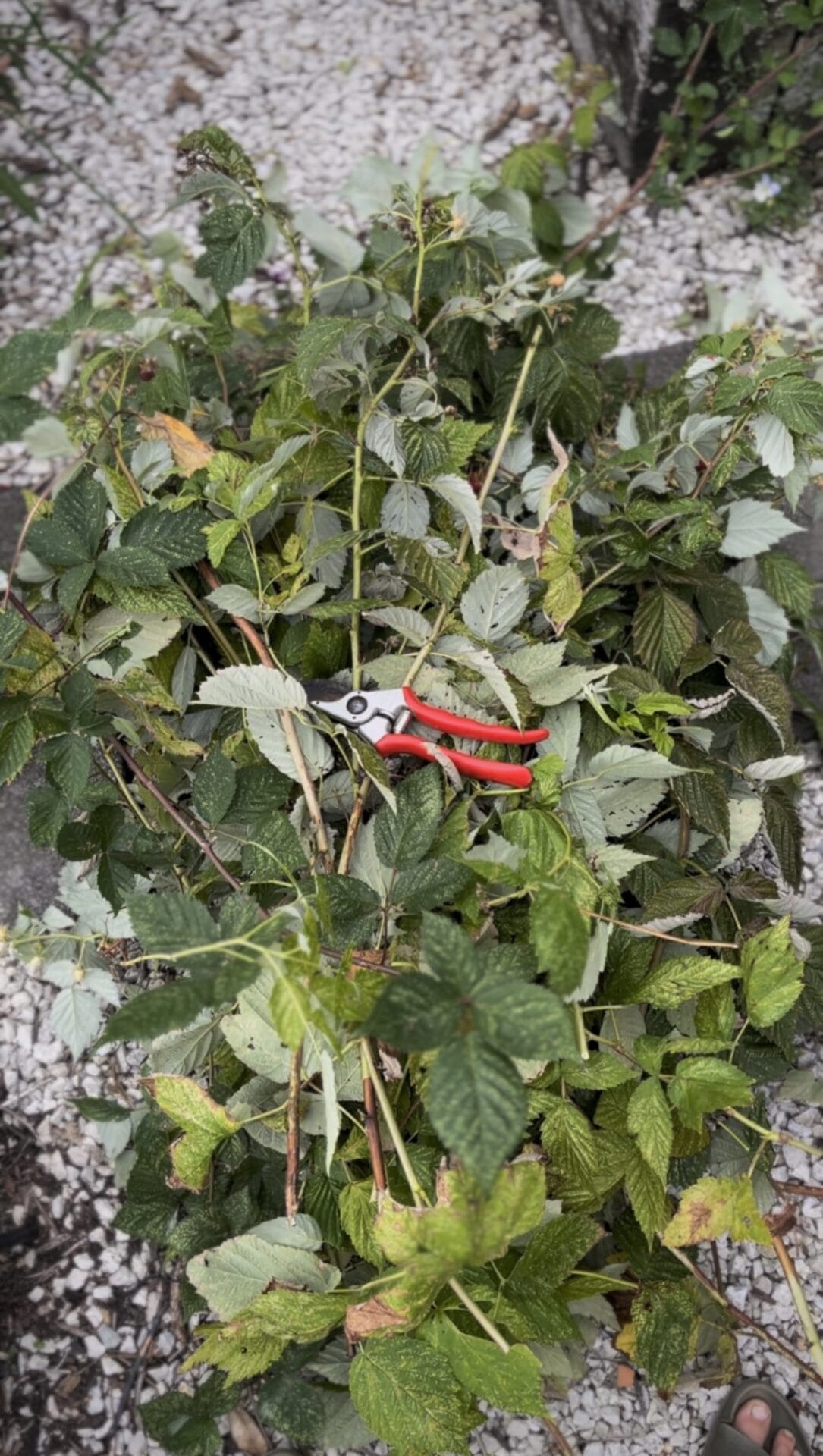
How to Grow & Prune Raspberries
Autumn is the time for raspberry pruning. There are several varieties of raspberry available and their pruning methods differ so it’s necessary to know which is which. Fancy terminology aside (i.e primocanes and floricanes) they go like this:
Summer fruiting varieties send up canes one year and fruit on those canes the following year. Old and new live side by side. The older fruiting canes are chopped to the ground once fruiting has finished to be succeeded by the new ones and so the cycle of old replaced by new continues.
Autumn fruiting varieties send up canes in spring and fruit on those canes in autumn all in the same growing year. Their pruning couldn’t be simpler – cut to the ground after fruiting and watch them regrow next spring.
Dual-fruiting varieties like we have at Ngā Kaupeka fruit both in summer and autumn. What’s not to love! While the size of the harvests may be slightly less, the bonus of two crops, often earlier and later than the shops are selling them, makes up for it.
Pruning is a little trickier. Each spring new canes will grow and fruit as per autumn fruiting varieties. After they have finished fruiting in autumn, cut the stems that have just carried fruit back by half. In spring, those stems will put on fresh growth at the tip and it’s this new growth that will bear fruit in the summer. Then, once the summer fruit has been picked, cut those two-year-old canes back to ground level. This additional prune usually takes place mid to late summer – it’s refreshing to clear the old wood and free up breathing space for the new season’s autumn fruiting canes.
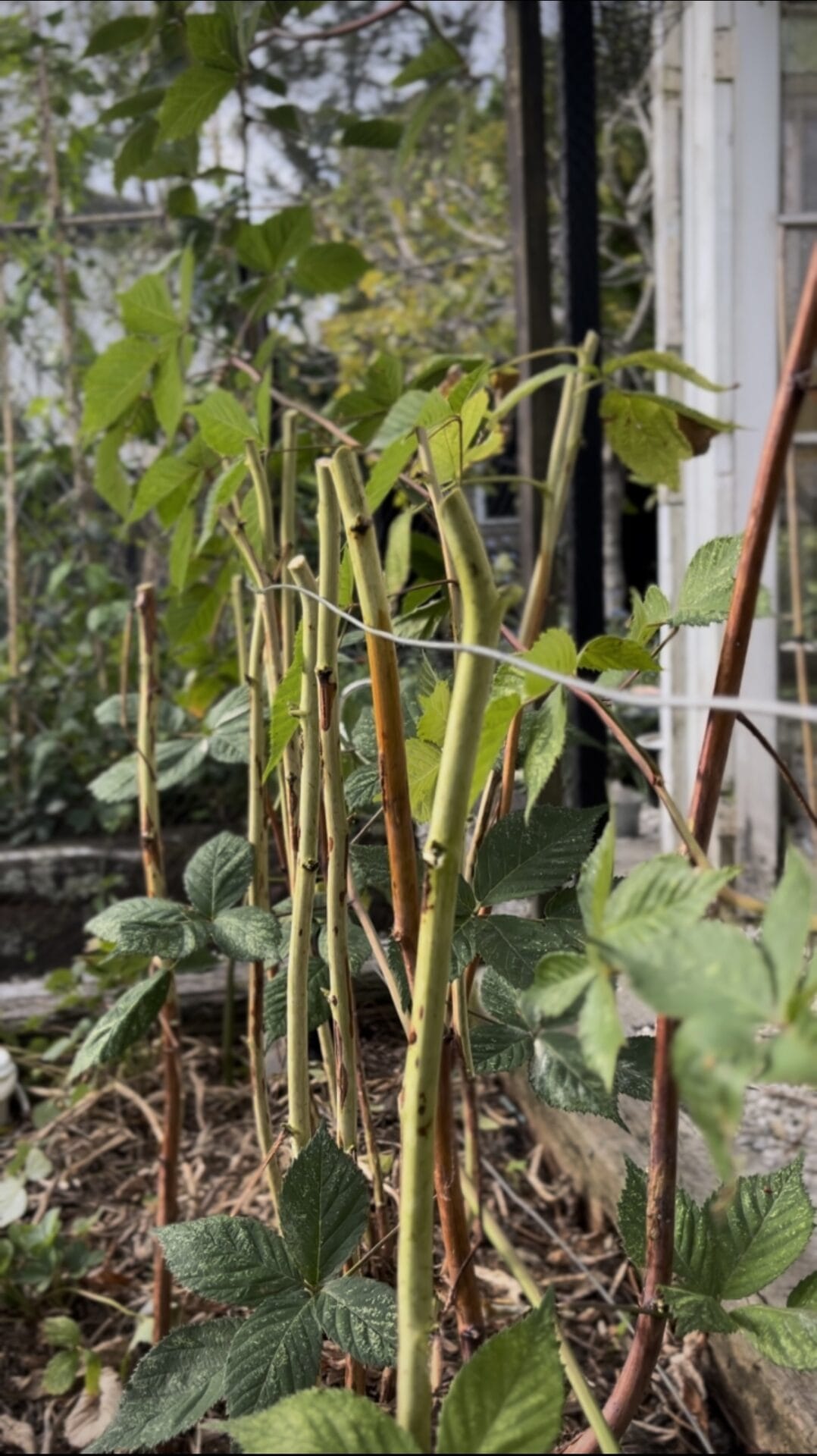
Raspberry Support Structures & Protection
Raspberry canes require support as the weight of the berries makes the tall, upright shoots bend. This could be a fence so that the canes can be tied back, or between two posts, with two wires running between each end.
Protection from birds is essential. At Ngā Kaupeka we have constructed a permanent berry cage which also houses strawberries and blackberries (and hopefully peas in winter too). However growing against a fence that can be draped top to bottom with netting held aloft with some stakes is a simple technique.
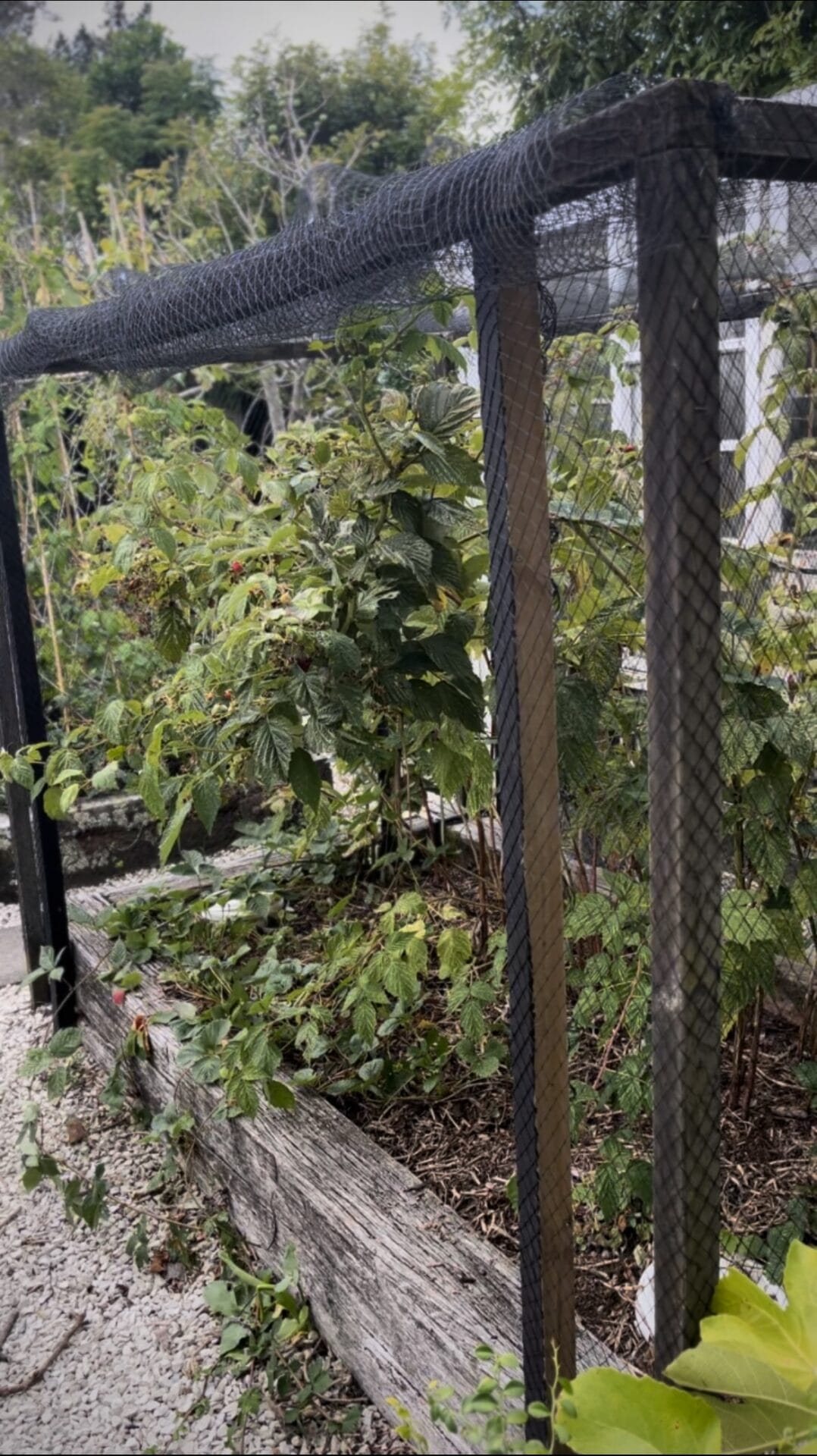
Seasonal Care for Raspberry Plants
With vigorous growth bursting forth, spring is the time to feed raspberry plants with compost, sheep pellets, blood and bone or seaweed, and mulch well.
In summer plants need to be kept well watered and mulched. The roots are mostly close to the surface so require regular irrigation due to easy evaporation from the top layer of soil.
Having taken care of pruning in autumn, the winter is a fallow window for the raspberry bed, so at Ngā Kaupeka we are experimenting with growing snow and sugar snap peas amongst the pruned canes. The berry bed gets good winter sun and the canes will provide the support for the peas. The permanent netting will finally have a winter job as we otherwise have no chance growing peas against the birds!
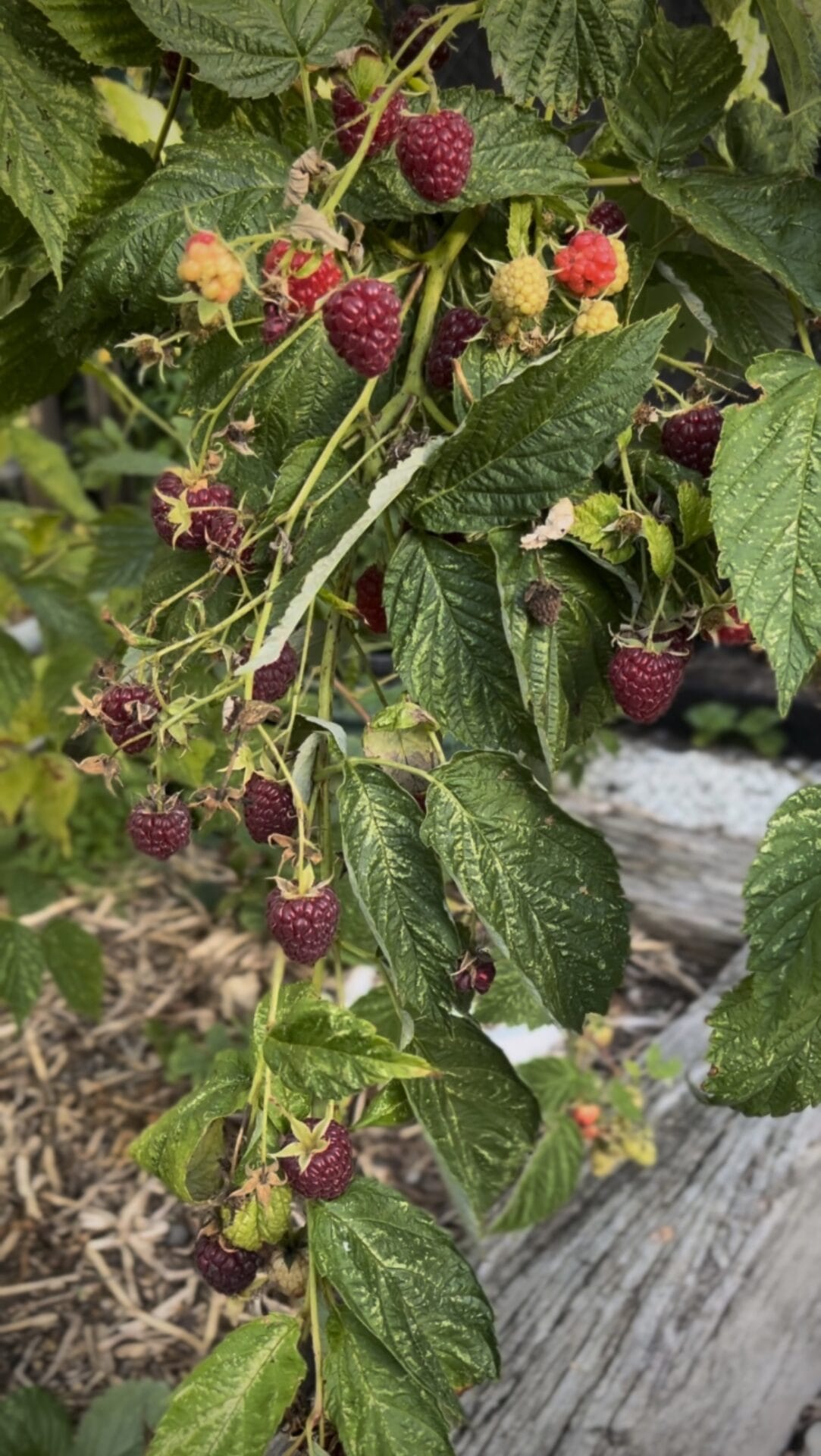
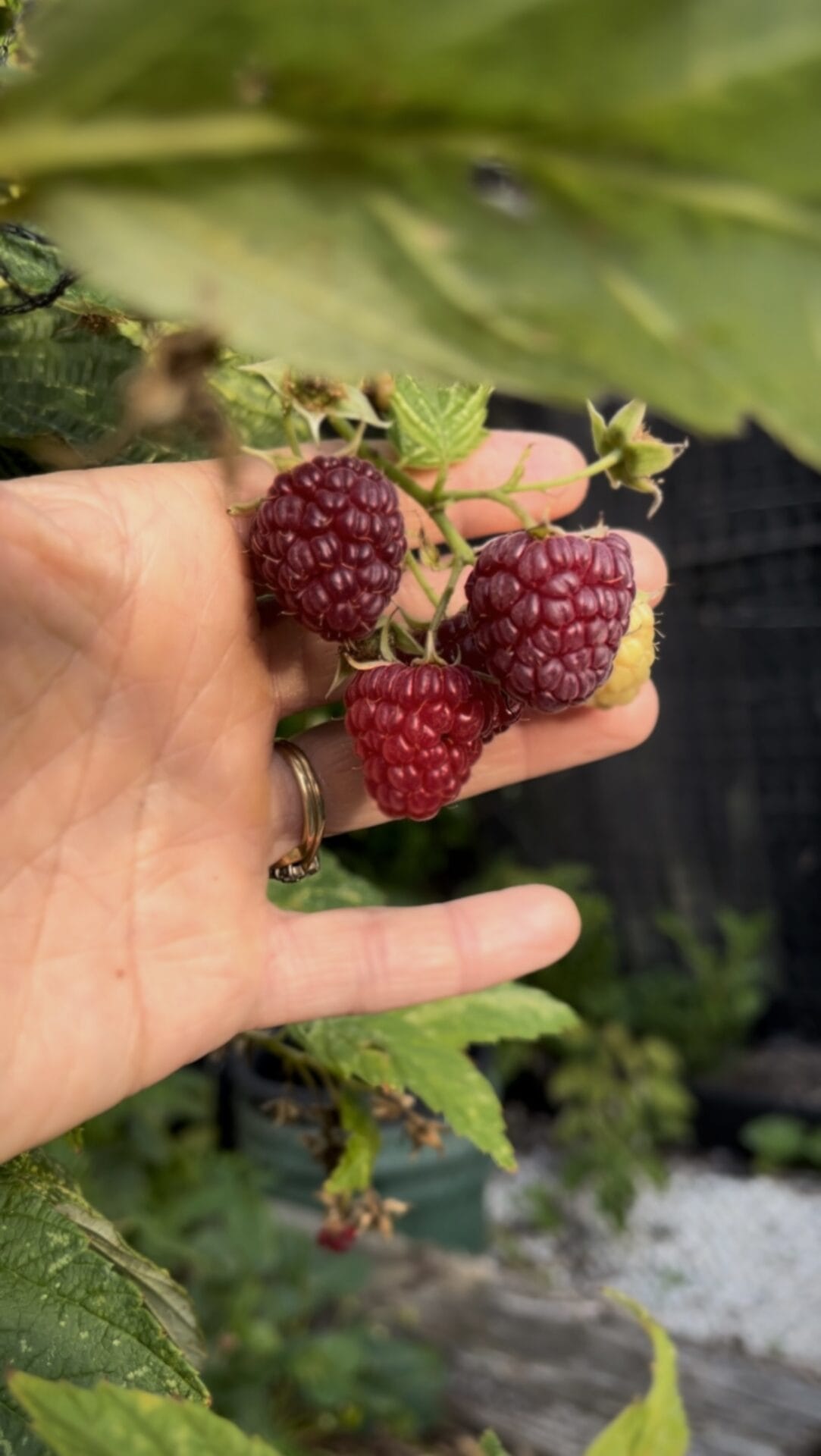
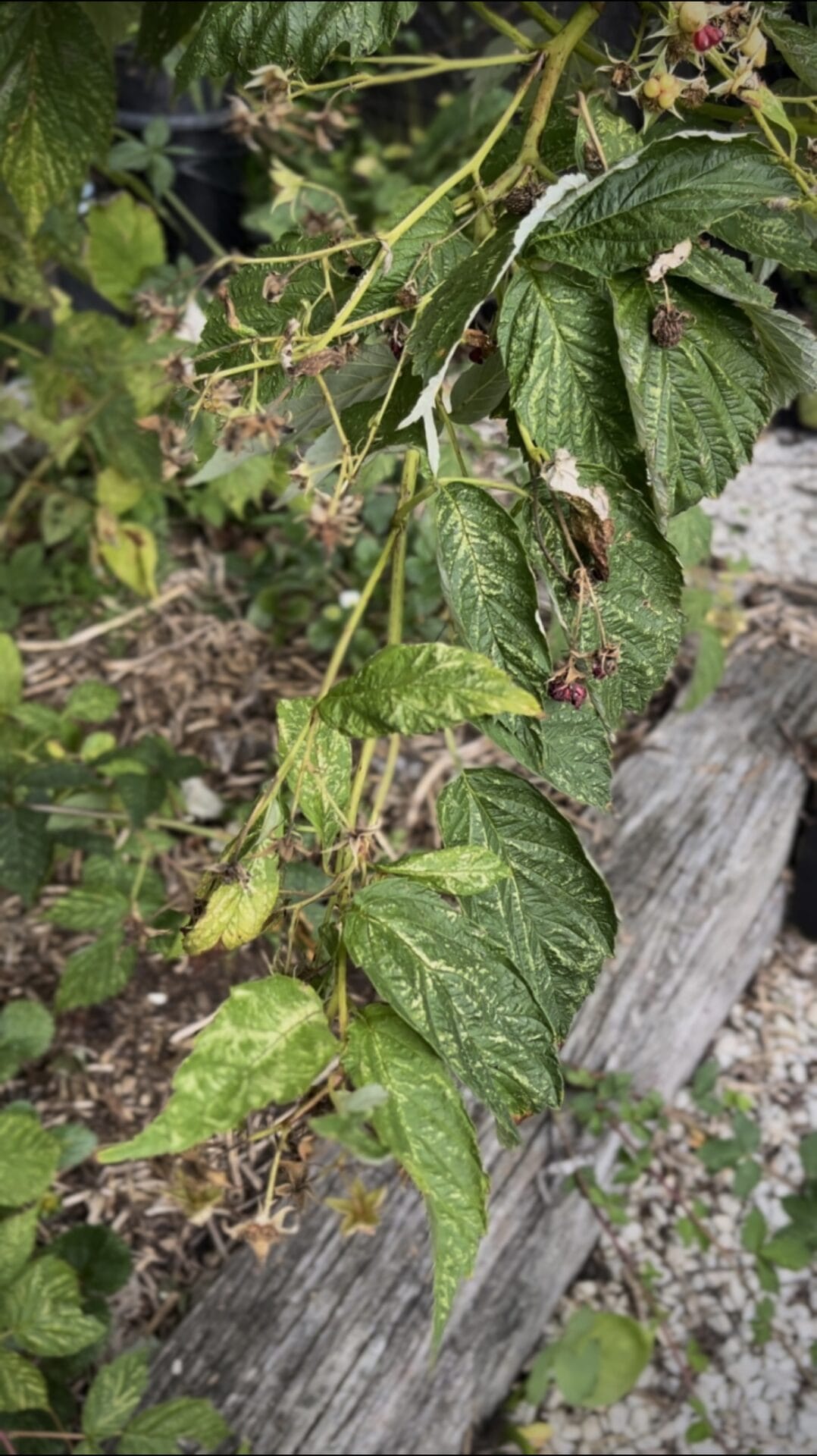
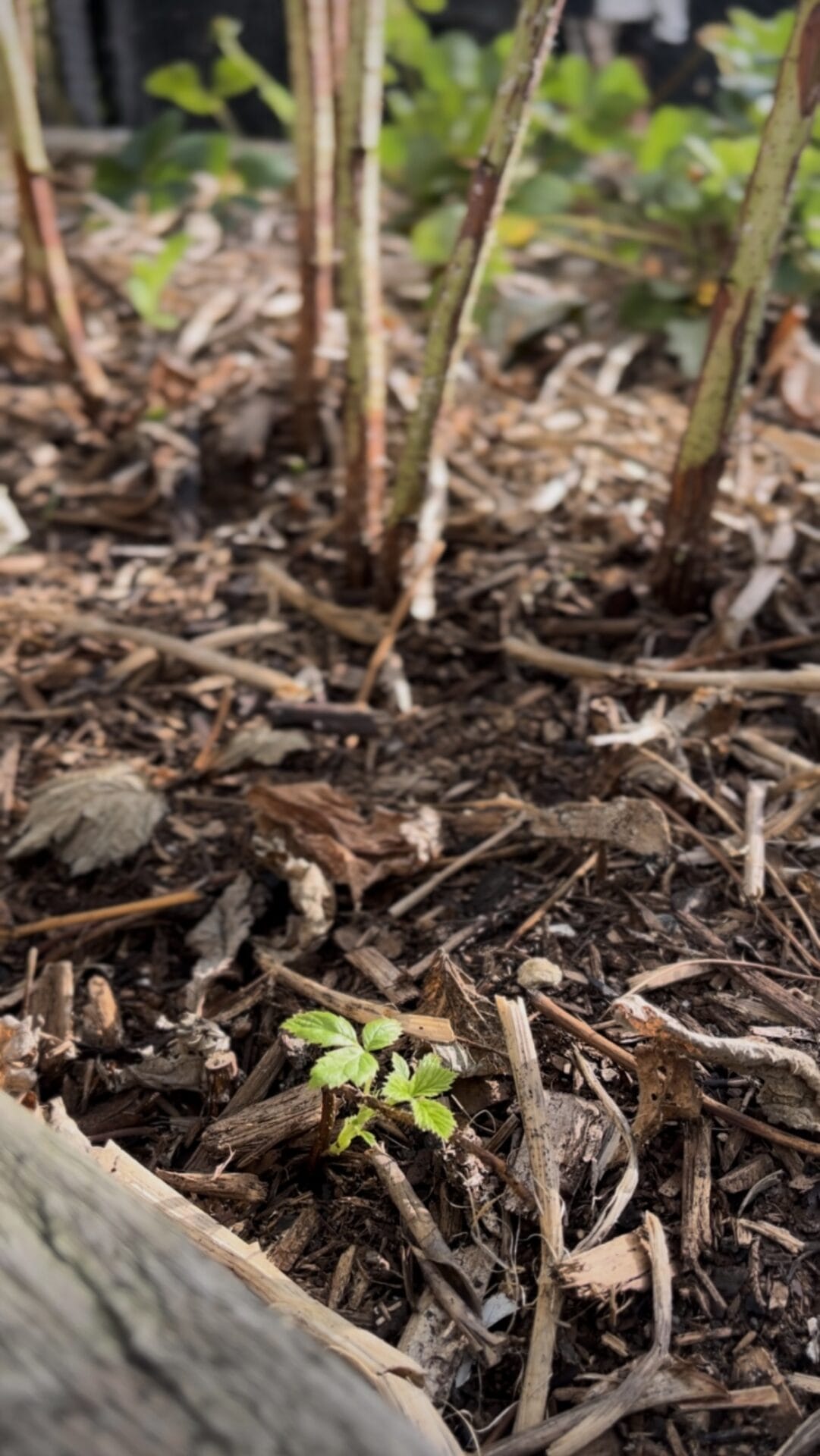
Grow Raspberry Plants for Free
Raspberry plants in the ground sucker very readily, which can be cut off in winter (dig down to keep some roots intact), then transplanted into pots to give away, or directly into the ground to expand your berry patch.

